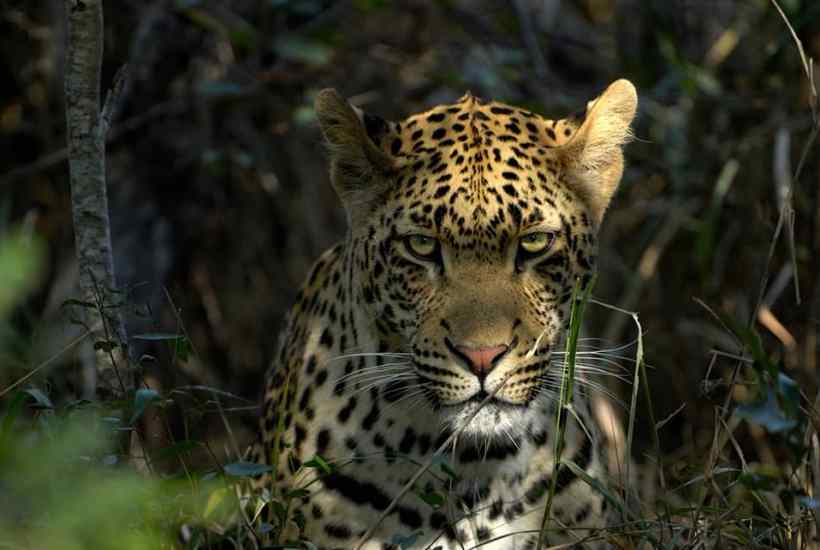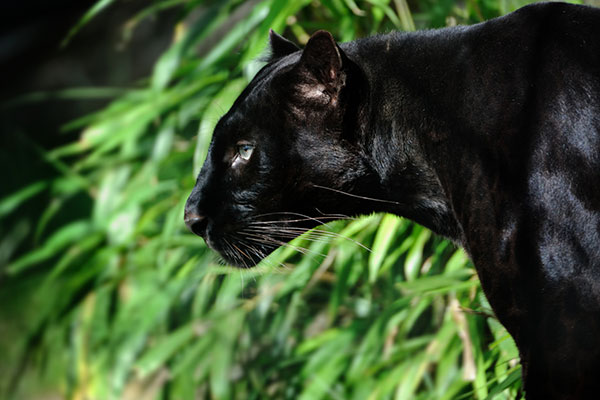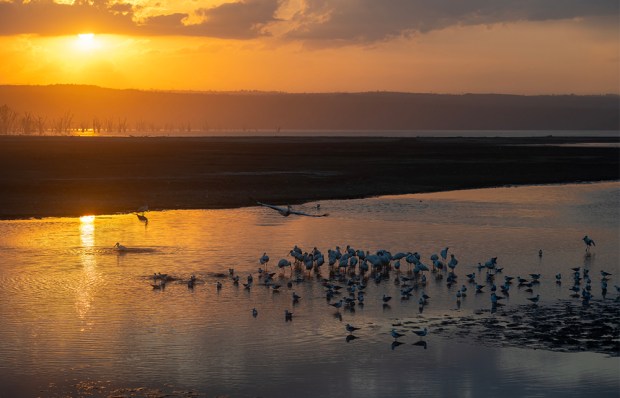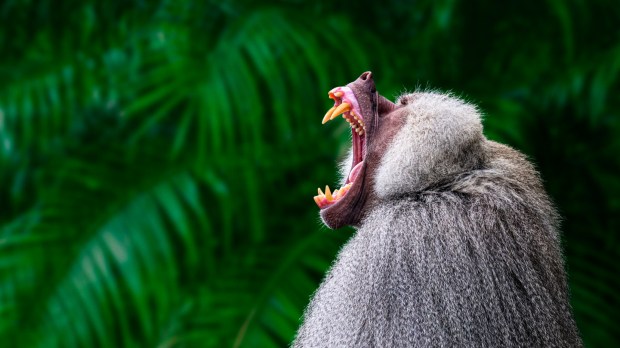Laikipia Plateau, Kenya
Until only a few years ago, the constellations blazed across the sky above the farm at night and there was not a single electric light on any horizon. On many evenings I found myself with my rangers sleeping on the tracks of cattle rustlers heading into Kenya’s wild north with no fences between us and the Ethiopian frontier. Today the wildness is gone, the tarmac almost reaches our farmstead, the phone network reaches everywhere and the good old days of gunfire and adventures and great dances of warriors with their beads and flashing spears will survive only in memory. And so it is quite surprising when even today a man gets eaten by a leopard a stone’s throw away from home.
Our home county of Laikipia has its share of animal attack survivors: I know people who have been gored by buffalo, grabbed on the ankle by a crocodile, mauled by lion, and, the worst I ever saw, savaged by a hyena. A few years ago an elephant sadly killed our immediate neighbour. Tragically people do get killed, yet since records began in Kenya surprisingly few people have died at the hands of lion, elephant, buffalo, rhino, snakes, crocodile, hippo or bees. When I was a boy, a python completely swallowed a German hippie who was camping near a lake on the Tanzanian border. A buffalo used its rough tongue to lick the skin off a man’s leg as he sat in a low thorn tree where he had taken refuge to get away from the charging beast – and buffalo have killed a number of people along with hippos that attack especially if you get in the way of their path back to water. I’ve known of three people killed by bull sharks up the Indian Ocean coast and so the other day when I saw a very large tiger shark pursuing a leaping sailfish I wondered if a couple of nearby surfers would be next on the menu.
Quite a long time ago, police arrested two men because they believed that one or the other had committed a murder. The arresting officers did not have two sets of handcuffs available and so they cuffed the two men together and slung them on to the train to Nairobi. The railway zigzagged through the Tsavo desert where man-eating lions had famously killed and eaten 135 labourers working on the line in 1899. During the night, when the guards were presumably fast asleep, the two murder suspects leapt out of their carriage window and disappeared into the bush. To everybody’s surprise, a few days later one of the suspects turned himself into the police, arriving at the station thirsty though unhurt, still wearing his cuffs but with nothing of his friend attached except for his severed hand. The story he told was that after their escape from the train, he and his friend had slept on an anthill and in the middle of the night they had woken up to an approaching lion which ate one of them and left the other alone. When the survivor arrived in court, the magistrate decided that since one suspect was already eaten, half of the evidence had vanished and so he let the man free.
Earlier this month, a man was on the farm next to us when a leopard pounced on him, broke his neck and ate his lower half. The poor fellow, apparently the son of a former ranch hand, was mentally unstable and had been wandering around naked in the bush and surviving off the land. The cat then dragged the man’s head and torso into the high branches of a tree, saving the rest of the body to consume at its leisure. After a day or so the stench must have been intense and a man passing by the tree, which was close to the farmstead buildings of the ranch, smelled something strange and looked up to behold the gruesome sight of a half-eaten man. The police and wildlife rangers were called to rescue the corpse and set a trap for the predator, which did not return. Old hunters speculate that the leopard was an elderly creature with blunted teeth so that it was unable to go for its usual prey of baboons or antelope.
That animal is still out there in our valley and the expectation is that now it knows how easy it is to prey on humans it will kill again. This adds a certain frisson to wandering about on the farm during the hours of darkness and a few mornings ago my son Rider and I were out on a drive when we came face-to-face with a very large leopard in broad daylight. He took one look at us and bounded away, his spotted hide sleek and shiny, the sign of a well-fed and healthy big cat.
Got something to add? Join the discussion and comment below.
Get 10 issues for just $10
Subscribe to The Spectator Australia today for the next 10 magazine issues, plus full online access, for just $10.
You might disagree with half of it, but you’ll enjoy reading all of it. Try your first month for free, then just $2 a week for the remainder of your first year.




![Tiny Rowland, 1991 [Business Collection/Shutterstock]](https://www.spectator.com.au/wp-content/uploads/2019/10/2Novwildlife.jpg?w=620)










Comments
Don't miss out
Join the conversation with other Spectator Australia readers. Subscribe to leave a comment.
SUBSCRIBEAlready a subscriber? Log in